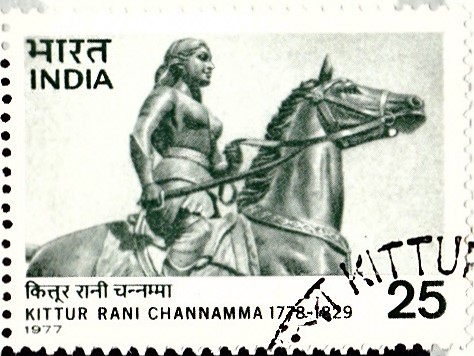
Kittur Rani Channamma
A commemorative postage stamp on the Birth Bicentenary of Kittur Chennamma, Rani of Kittur (former princely state in Karnataka), fought against British East India Company in 1824 :
 Issued by India
Issued by India
Issued on Oct 23, 1977
Issued for : The Posts and Telegraphs Department salutes the memory of one of the brave and distinguished daughters of India by issuing this Commemorative Postage Stamp.
Description of Design : The design of the stamp depicts a view of the statue of Kittur Rani Channamma on horse-back erected in Belgaum (Karnataka).
Type : Stamp, Postal Used
Colour : Olive green
Denomination : 25 Paise
Overall size : 3.91 X 2.90 cms.
Printing size : 3.55 X 2.54 cms.
Perforation : 13 x 13
Watermark : Unwatermarked paper
Number printed : 30,00,000
Number per issue sheet : 35
Printing Process : Photogravure
Designed and Printed at : India Security Press
Name : Chennamma
Born on Oct 23, 1778 at Kakati, Belgaum, Karnataka, India
Died on Feb 21, 1829 at Bailhongal, Belgaum, Karnataka, India
About :
- Rani Channamma, the warrior queen of Kittur who waged a heroic freedom struggle against the British was born in 1778. She received training in archery, sword fighting, horse riding and statecraft.
- Rani Channamma was married to Raja Mallasarja, one of the most illustrious rulers of Kittur, a small princely state in Belgaum District. A devoted wife, Rani Channamma was an asset to Mallasarja both on the battlefield and in the affairs of the State. After her husband’s death in 1816, Rani Channamma took over the reins of the State though the nominal head was Mallasarja‘s son Shivalinga Rudrasarja who was an invalid. After the latter’s death in September 1824, she continued as Regent of the State on behalf of Shivalinga Rudrasarja‘s adopted son, Shivalingappa.
- The British authorities questioned the validity of the adoption of Shivalingappa and ordered his expulsion which was defied by Rani Channamma. Thereupon the members of the royal family were kept under watch and humiliated. Exasperated, Rani Channamma personally led her forces to resist the alien domination. In a grim battle that ensued, the British army was defeated and Thackeray, their Chief, was killed, on October 23, 1824. Several British soldiers and their families were taken captives but they were treated generously by Rani Channamma.
- Chaplin, Commissioner of Deccan thereupon collected a considerable force from Pune, Madras, Mysore, etc. and again attacked Kittur in December 1824. The British followed a ‘divide and rule‘ policy and overpowered the Kittur army. Rani Channamma was kept as prisoner in Bailhongal Fort where she died on February 21, 1829.
- Even in captivity Rani Channamma pined for Kittur‘s freedom and tried to organize the forces of neighbouring rulers to carry on the fight. The valour, sacrifice and indomitable spirit displayed by her form a glorious chapter in the nation’s history.


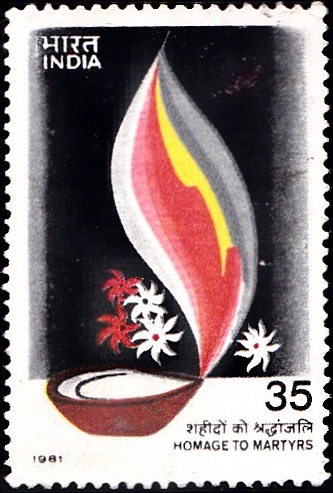


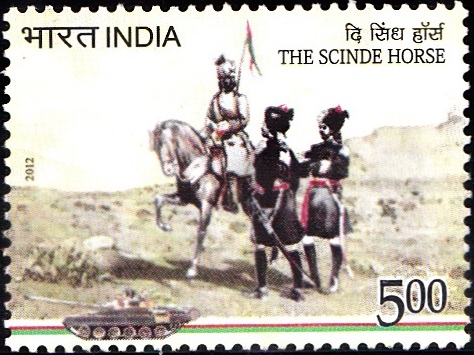
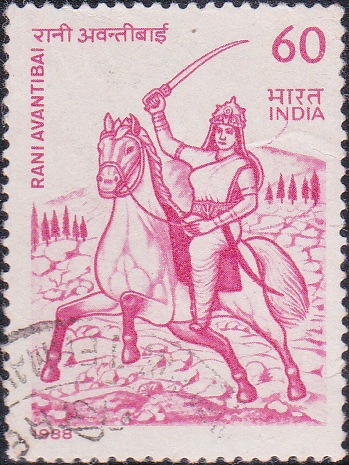
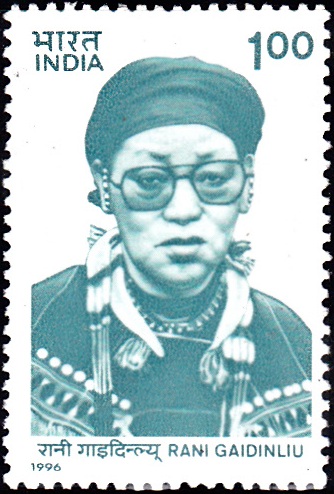
[…] from substantial sections of the common people. The uprisings of the Chuars in 1799, revolt of Rani Channamma of Kittur in 1824, and the rebellion of Santhals in 1855 were some of the earliest […]